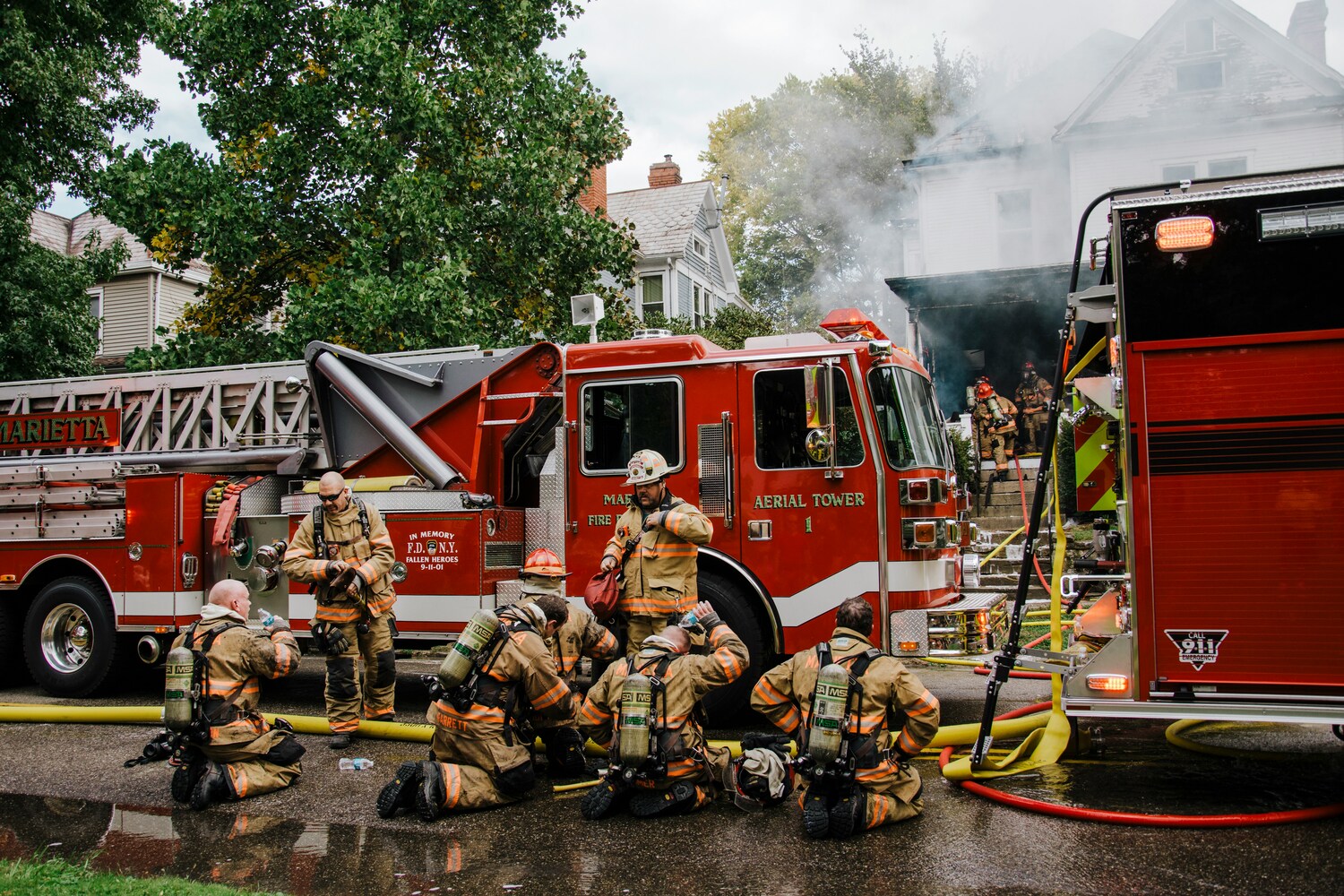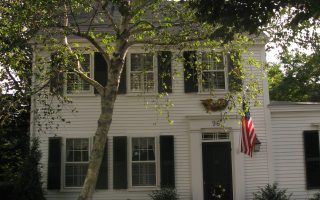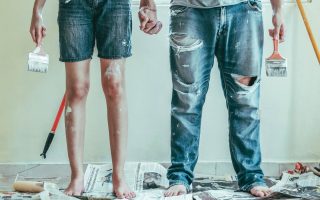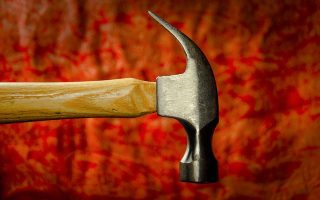
DIY culture is everywhere. Between YouTube tutorials and home improvement shows, it’s easier than ever to feel empowered to tackle home repairs yourself. And in many cases, you can save serious money. But what you might not realize is that some of these cost-cutting projects are quietly turning your home into a ticking time bomb. One of the most overlooked dangers? Fire.
Each year, thousands of house fires are started by well-meaning homeowners who made a critical mistake while doing their own repairs. From bad wiring to unsafe material choices, what begins as a weekend project can end in tragedy. And the scariest part? Most people don’t realize the danger until it’s too late.
Let’s take a hard look at five ways DIY repairs are causing deadly house fires and how to avoid making these potentially life-altering mistakes.
5 DIY Repairs Causing Deadly House Fires
1. Faulty Electrical Work
Improper electrical repairs are one of the top fire hazards in the home. Many DIYers attempt to replace outlets, install light fixtures, or even rewire parts of their house without fully understanding the codes or risks involved. What’s often overlooked is how sensitive and complex home wiring truly is.
Just one crossed wire or overloaded circuit can cause a short. Add in heat from a high-wattage appliance or a surge during a storm, and the spark becomes a full-blown fire. Worse, mistakes in wiring are often hidden behind walls, unseen until they erupt in flames.
Licensed electricians are trained not just to install wiring but to protect it from these exact outcomes. Without that training, you’re guessing and gambling with your home and family’s safety.
2. Using the Wrong Materials
Many homeowners try to cut corners by using whatever materials they have on hand, or whatever’s cheapest at the hardware store. But certain building materials and products are extremely flammable, or simply not rated for the job.
Using indoor-rated extension cords for outdoor lighting. Installing insulation too close to heat-generating appliances. Repairing drywall with non-fire-rated panels near a kitchen or furnace. These decisions may seem minor in the moment, but they add up to a home that’s vulnerable in all the wrong places.
Fire-rated materials exist for a reason. When DIYers ignore or are unaware of these specifications, they’re unknowingly reducing the time they’d have to escape in the event of a fire and increasing the chances that one breaks out in the first place.
3. Overloaded Circuits and Improvised Connections
DIYers often try to “MacGyver” solutions to electrical problems, especially in older homes with limited outlets. Adding extension cords, power strips, or even splicing wires together in junction boxes without proper load calculations is a dangerous game.
Most people don’t understand how much electricity appliances actually draw. A microwave, toaster oven, and fridge might all be plugged into the same line, but that circuit was never designed to handle the load. Over time, the wiring heats up—sometimes gradually, sometimes explosively.
Improvised fixes can turn your home into a web of risk. It’s not just about a blown fuse. It’s about the fire that follows when the wires melt, smolder, and finally ignite the structure itself.

4. Chimney and Fireplace Missteps
Fireplaces are one of the most romantic features in a home, and one of the most dangerous when poorly maintained. DIY attempts to repair chimney linings, clean flues, or install wood-burning inserts can lead to serious fire risks if not done properly.
Creosote, the black tar-like substance that builds up in chimneys, is highly flammable. It needs to be cleaned by professionals who know how to inspect for cracks, blockages, or heat damage. Many homeowners don’t realize that small gaps in chimney brick or improperly sealed liners can allow sparks to escape into attic spaces or walls.
Even installing a new stove or firebox without the correct clearance can expose surrounding materials to slow, smoldering heat, until one day, that slow burn becomes an unstoppable blaze.
5. DIY Appliance Repairs Gone Wrong
Appliances, especially dryers, ovens, and HVAC systems, are common sources of house fires. And when homeowners try to fix these machines themselves without fully understanding the mechanics, they often create more danger than they solve.
Dryer fires, for example, are frequently caused by lint buildup in vents. But when someone attempts to clean or reroute these vents without understanding airflow dynamics, it can actually trap more lint and heat in dangerous places. Likewise, tampering with gas lines or burners on stoves without proper shut-off knowledge can cause slow leaks that ignite later, unexpectedly.
These repairs may seem simple. But the mix of fuel, heat, and inexperience is a recipe for disaster, especially when corners are cut to save time or money.
When “Do It Yourself” Should Mean “Don’t Risk It”
DIY can be empowering. It can save money, build confidence, and help homeowners take control of their space. But when it comes to anything involving fire, heat, or electricity, the stakes are simply too high.
The problem isn’t DIY itself. It’s the overconfidence that leads people to take on tasks they don’t fully understand. It’s easy to follow a tutorial. It’s much harder to grasp the full safety context behind the work. And that gap is where fires begin.
Hiring professionals may be expensive, but rebuilding after a fire is far worse. And no savings are worth the cost of losing your home or your life.
Know When to Call the Experts
If you’re dealing with any of the following, don’t try to go it alone:
- Electrical panel upgrades
- Rewiring or adding new circuits
- Chimney cleaning or repair
- Gas line repairs
- Appliance malfunctions involving heat or fuel
Professionals aren’t just trained. They’re insured, licensed, and accountable. And they know how to do the job safely, not just correctly.
Have you ever attempted a DIY repair and realized it was riskier than you thought? What do you now leave to the pros?
Read More:
Is Your Home a Ticking Time Bomb of Unnoticed Repairs?
Your Guide to Saving Money on Essential Home Repairs

Riley Jones is an Arizona native with over nine years of writing experience. From personal finance to travel to digital marketing to pop culture. When she’s not writing, she’s spending her time outside, reading, or cuddling with her two corgis.






Comments